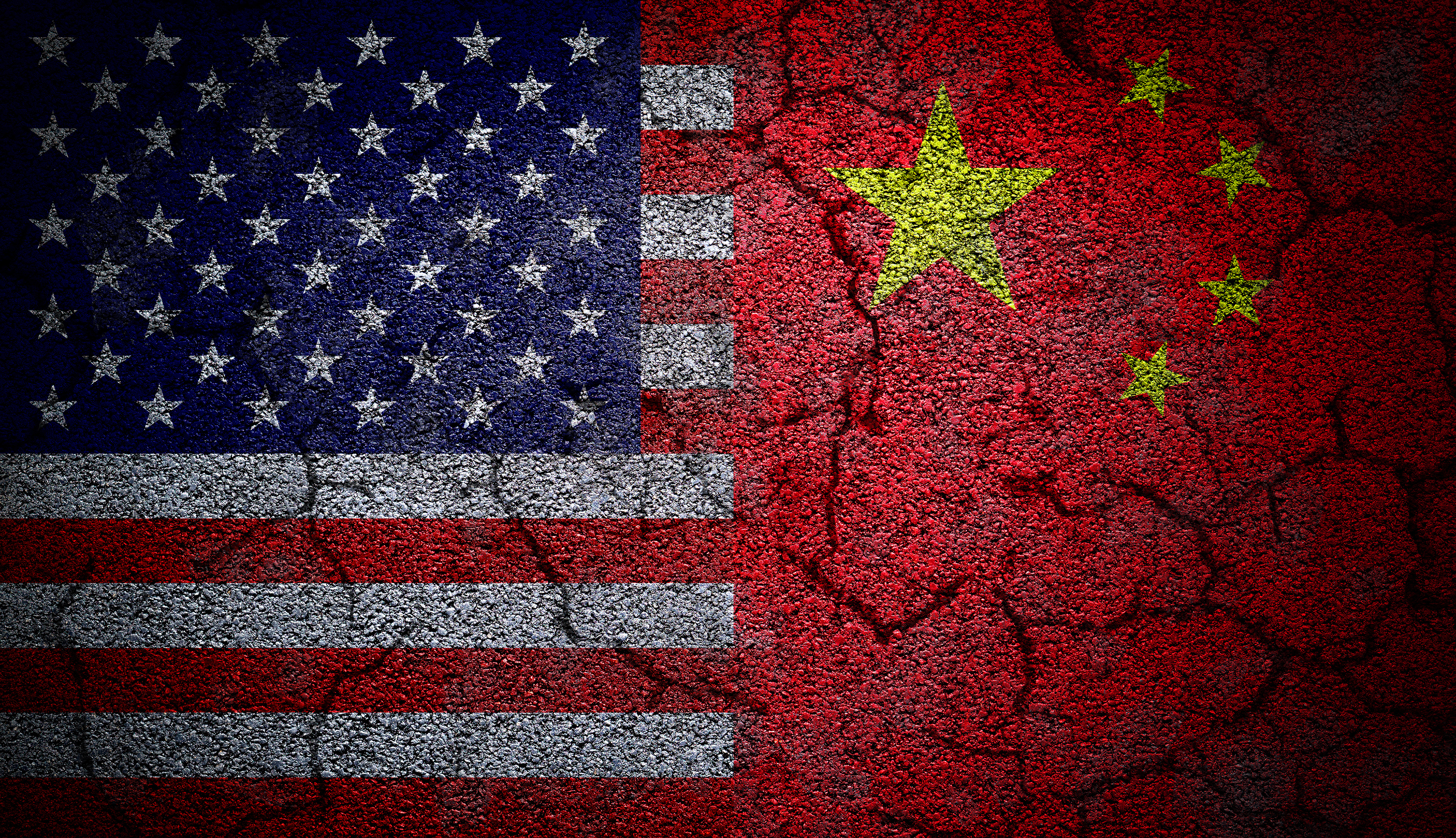Press Release
Johns Hopkins APL Assesses Impact of Fraying US–China Tech Ties
Deteriorating relations between the United States and the People’s Republic of China are impacting what had been a relatively open global exchange of the most significant technological advances.
The question of how grave that impact may be is discussed in “Measure Twice, Cut Once: Assessing Some China–US Technology Connections” — a series of papers delving into American and Chinese efforts to control what has become a complex techno-trading system and a struggle over the terms of interdependence in a relationship that cannot be completely ended.
The papers can be accessed here.
The research and findings were produced by a group of leading independent experts convened by the Johns Hopkins Applied Physics Laboratory (APL) in Laurel, Maryland, to provide insights and recommendations regarding telecommunications, artificial intelligence (AI), semiconductors, STEM education, university exchanges, biotechnology, and civil and commercial space. The project was led by former Secretary of the Navy Richard Danzig, an APL Senior Fellow, initially in partnership with former deputy national security advisor Avril Haines, an APL Senior Fellow from 2018 to 2020.
The dynamics of the relationship differ with each technology and the related business, research and policy implications. Yet, common themes emerged across the papers.
The authors recognize the real risks presented by the Chinese government’s aggressive, and frequently illegal, attempts to close the gap, if not achieve superiority, in critical technologies — actions that require a firm yet nuanced American response. However, the project also represents a reality check regarding the feasibility and potential downsides of broadly severing technology ties with China in a manner similar to the U.S.–Soviet relationship during the Cold War.
“Like conjoined twins whose circulatory systems cannot be separated, the United States and China are tied together,” write Danzig and his co-author, Lorand Laskai, a visiting researcher at Georgetown University’s Center for Security and Emerging Technology. “Sino–American connections built over forty years cannot be erased or revised like chalk on a blackboard … Stability is a more realistic goal than invulnerability.”
In “An Entwined AI Future: Resistance Is Futile,” APL Assistant Director for Policy and Analysis Christine Fox describes how AI is more comparable to electricity or arithmetic than any conventional system or component. That makes it extraordinarily hard to distinguish between civilian and military applications that would invite export controls and other national security restrictions. Exchange and cooperation in basic research stimulates progress in medicine, public safety, transportation, the environment and more that ultimately benefits the U.S. Fox recommends that restrictions on AI be confined mostly to military applications and data.
In an essay on semiconductors — “Cutting off Our Nose to Spite Our Face” — Douglas B. Fuller, professor of innovation, entrepreneurship and strategy in the School of Management at Zhejiang University, writes that American control of key tools and equipment can limit, or in the short term, cripple, China’s aspirations in computing hardware and slow its growing reach in telecommunications. Over the long term it is more in U.S. interests to maintain this leverage and enjoy these benefits by continuing the present terms of interdependency, rather than end them.
With respect to telecommunications, the “bifurcation” driven by U.S.–China disputes “may take the industry back to the days of separate and competing national standards, problems with interoperability, and the end of a globalized value chain with all its attendant benefits,” writes Paul Triolo, the geotechnology practice head at the Eurasia Group.
A common driver in each technology area — and the subject of two papers — is the large number of Chinese students, researchers and technicians who come to the U.S. to live, work and study — all contributing to the exchange of ideas and innovation across the Pacific. One paper notes that the stay rate of Chinese citizens earning doctorate degrees in science, technology, engineering and math could be as high as 90%, providing significant benefits to the U.S. Nonetheless, given the risk of unauthorized technology transfers, the author provides a number of practical steps to bolster research security.
“PRC leaders have grown adept at a Houdini-like escape act in which they invite greater dependency on foreign technology, even as they plot eventual escape from present constraints,” conclude Danzig and Laskai. “In the longer term, success or failure will not so much be about competition in a particular technology as about whether the relationship remains strong enough for the leaders of these two countries jointly to invent a more stable future.”
The series includes:
- Symbiosis and Strife: Where Is the Sino-American Relationship Bound, by Danzig and Laskai
- Two Worlds, Two Bioeconomies: The Impacts of Decoupling US–China Trade and Technology Transfer, by Rob Carlson and Rik Wehbring (managing directors, Bioeconomy Capital)
- The History and Future of US-China Competition and Cooperation in Space, by Matthew Daniels (senior fellow and research faculty, Center for Security and Emerging Technology, Georgetown University)
- An Entwined AI Future: Resistance Is Futile, by Fox
- Cutting off Our Nose to Spite Our Face: US Policy toward China in Key Semiconductor Industry Inputs, Capital Equipment, and Electronic Design Automation Tools, by Fuller
- The Telecommunications Industry in US–China Context: Evolving toward Near-Complete Bifurcation, by Triolo
- Addressing the China Challenge for American Universities, by Rory Truex (assistant professor, Department of Politics and School of Public and International Affairs, Princeton University)
- US–China STEM Talent “Decoupling”: Background, Policy, and Impact, by Remco Zwetsloot (research fellow, Center for Security and Emerging Technology, Georgetown University)
The views of the authors in “Measure Twice, Cut Once” are their own. The project was funded by Johns Hopkins APL, which regularly performs critical analysis of current issues and challenges facing our nation and its security.
